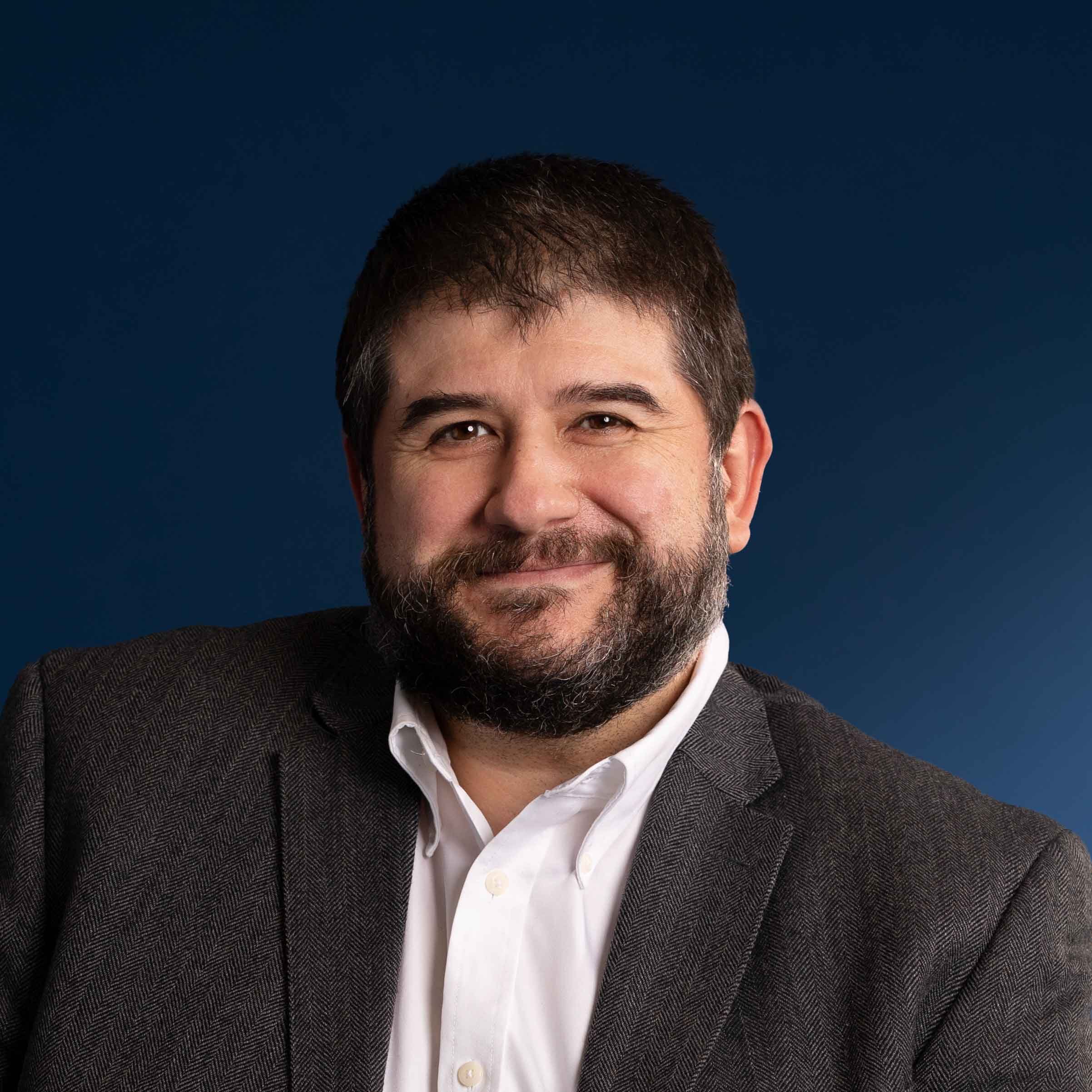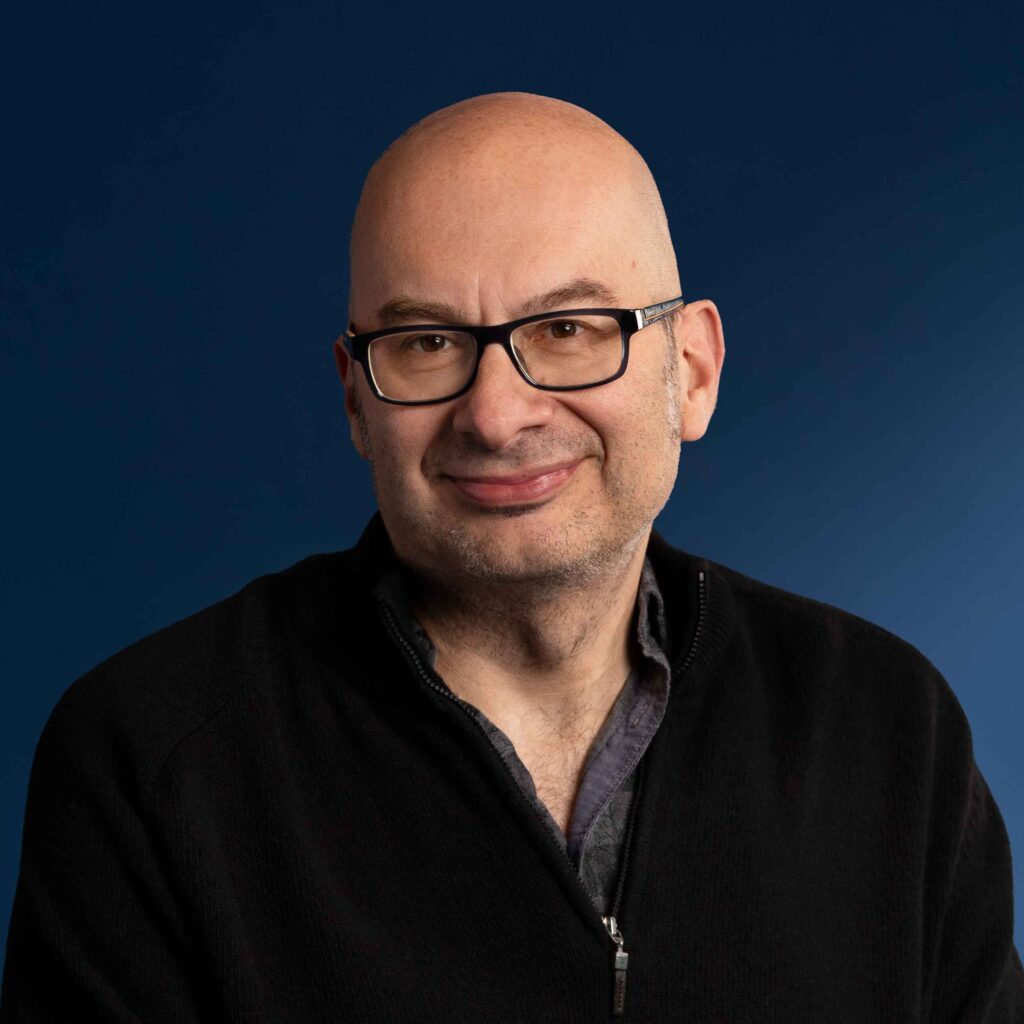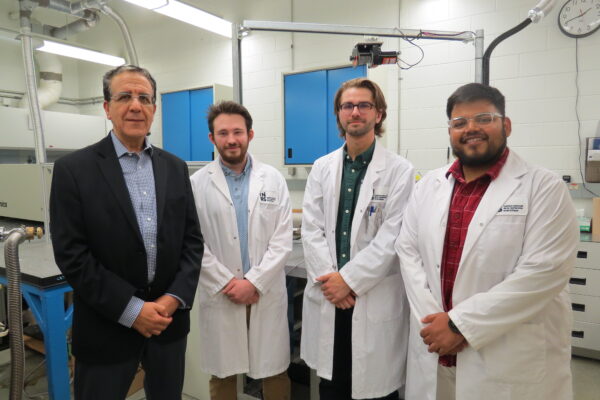- Research
Three research projects in partnership with the United Kingdom will generate advances in this sector, whose revolutionary potential is recognized by UNESCO.

In February, UNESCO launched the International Year of Quantum Science and Technology. This highlights the crucial role of this field, whose transformative applications could address the greatest current and future challenges of our society.
Institut national de la recherche scientifique (INRS) is home to some of the best researchers in the world in this branch of physics with exceptional properties. Their discoveries and reputation have made INRS a leader in the field in Québec, Canada, and globally.
Three projects led by professors at the INRS Énergie Matériaux Télécommunications (EMT) Research Centre, out of a total of 10 in Canada, have been awarded funding under a selective two-year international research program. This joint initiative between Canada and the United Kingdom targets the strongest teams in the scientific community in the ever-evolving field of quantum technologies. Managed by the Natural Sciences and Engineering Research Council of Canada (NSERC) and UK Research and Innovation (UKRI), it aims to generate advances in line with the national quantum strategies of both countries.
Capturing Very Weak Magnetic Fields at the Nanoscale

Professor Emanuele Orgiu’s project, titled “New Two-Dimensional Material Platforms for Nanoscale Quantum Sensing” and conducted in collaboration with the universities of Oxford (Hannah Stern) and Bath (Enrico Da Como and Simon Bending), will focus on the contribution of 2D quantum materials as revolutionary platforms for the development of quantum sensors. Thanks to their high adaptability and nanoscale state, two-dimensional materials offer possibilities unattainable with bulk materials.
The research will mainly focus on the use of one of them, hexagonal boron nitride (hBN), and transition metal dichalcogenides (TMDs), whose versatile properties are very promising due to spin-active optical defects. These have proven to be versatile wide-field sensors sensitive to pressure, temperature, and magnetic field. The transfer of spin to 2D semiconductor materials could result in significant energy savings for the high-intensity transmission of electronic data.
Facilitating the Transition from Current to Next-Generation Technologies

The “Low-index Quantum Optics (LexQuO)” project led by Professor Luca Razzari focuses on exploiting the unique properties of highly nonlinear near-zero index materials (NZIMs). It is conducted in collaboration with Roberto Morandotti of INRS and Marcello Ferrera of Heriot-Watt University in Edinburgh.
These professors and their teams will focus on two elements critical to the advancement of quantum technologies: single-photon frequency conversion at telecommunications wavelengths and efficient on-chip generation of photon pairs. These specialists intend to demonstrate the benefits of using NZIMs in achieving these two objectives. As transparent conductive oxides with unusual optical properties, NZIMs pave the way for the seamless and innovative integration of quantum systems into existing infrastructures.
Ensuring Highly Protected and Secure Communications

The teams of Professor Roberto Morandotti and his colleagues Marco Peccianti and Alessia Pasquazi from Loughborough University in London will address the challenges of synchronization and security in quantum telecommunications.
Specifically, their research aims to develop a hybrid photonic source integrating quantum and classical channels for precision synchronization and quantum cryptography. Microcomb devices, a very compact advanced laser technology, will serve as the basis for their work. Optimizing the properties of microcombs as a compact and efficient source for next-generation telecommunications networks promises even more efficient data transfers with unparalleled security.



